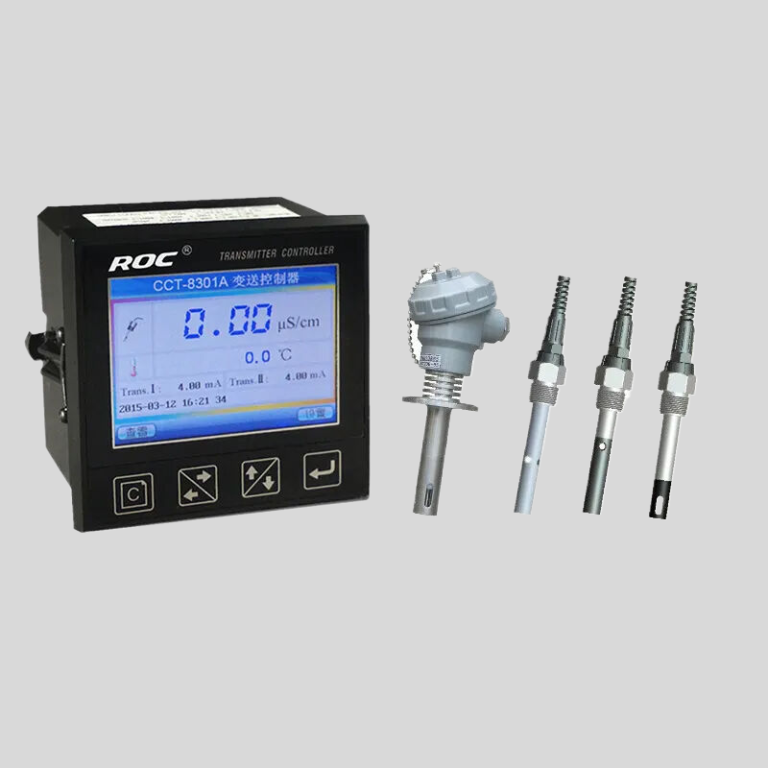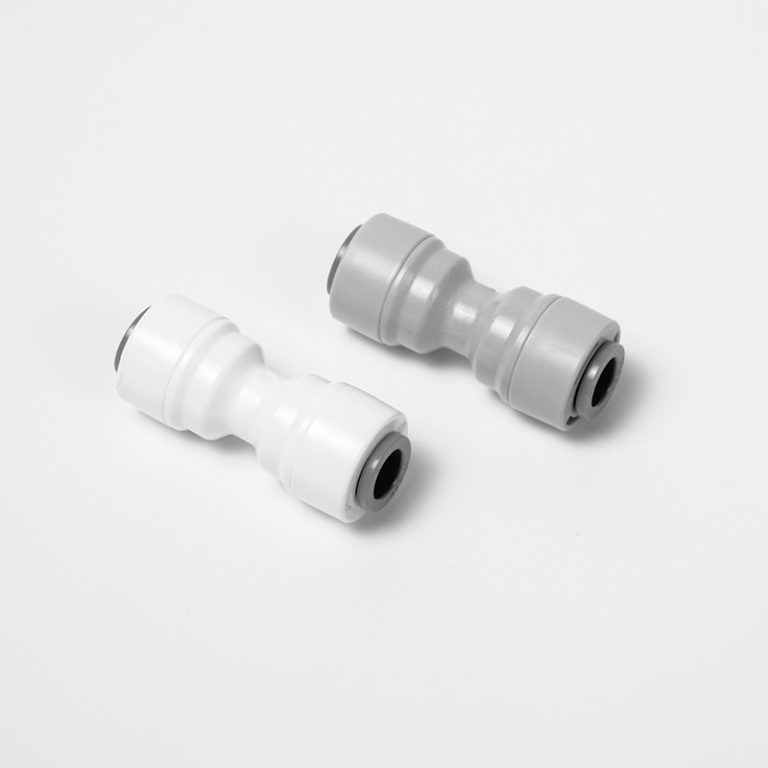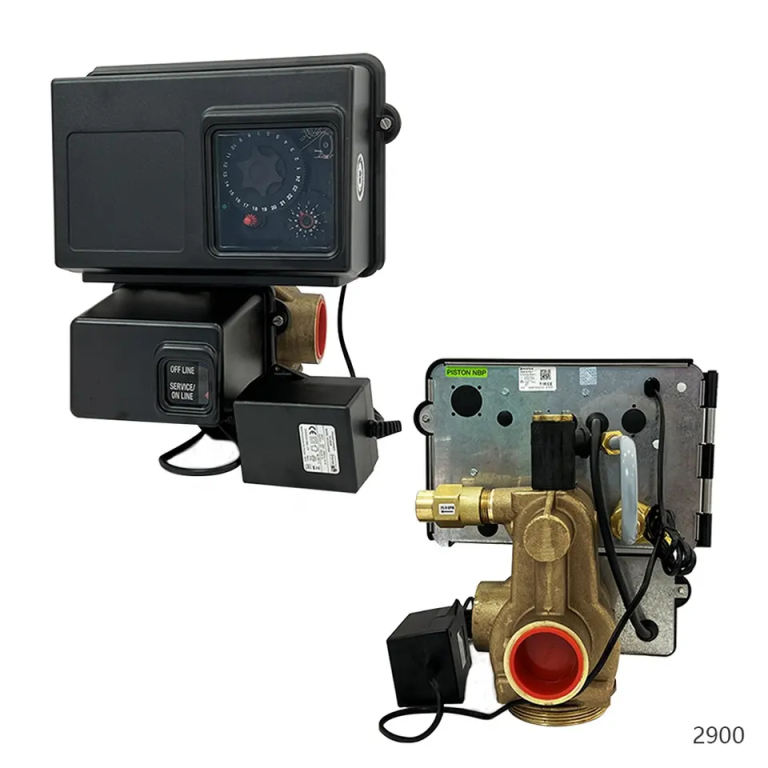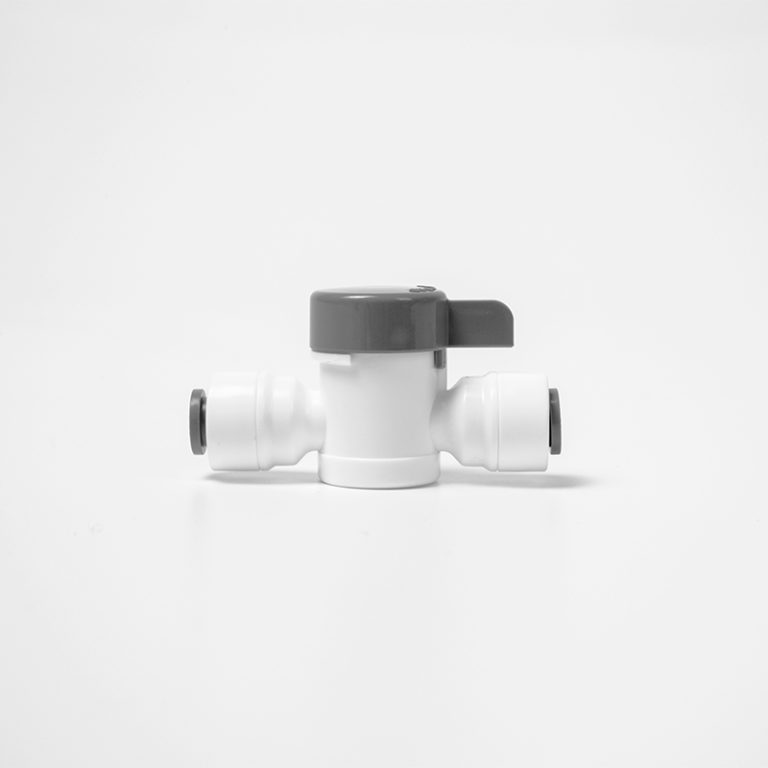Turbidity measures the clarity of water.
Understanding Turbidity: What Does It Measure?
Turbidity is a term that is often used in the field of environmental science and water quality monitoring. It refers to the cloudiness or haziness of a fluid caused by suspended particles that are not visible to the naked eye. These particles can include silt, clay, organic matter, and other debris that can affect the clarity of the water. Turbidity is an important parameter to measure because it can impact the quality of water for various uses, such as drinking, irrigation, and recreational activities.
One of the main reasons why turbidity is measured is to assess the overall health of a body of water. High levels of turbidity can indicate the presence of pollutants or contaminants that can harm aquatic life and affect water quality. For example, excessive turbidity can reduce the amount of light that penetrates the water, which can inhibit the growth of aquatic plants and algae. This, in turn, can disrupt the food chain and ecosystem dynamics of a water body.
Turbidity is also an important indicator of the effectiveness of water treatment processes. In drinking water treatment plants, for example, turbidity levels are monitored to ensure that the water is clear and free of harmful particles before it is distributed to consumers. High turbidity levels can interfere with disinfection processes, such as chlorination, and allow pathogens to survive in the water, posing a risk to public health.
In addition to its environmental and health implications, turbidity can also impact the aesthetic value of water. Cloudy or murky water is not visually appealing and can deter people from swimming, fishing, or boating in a body of water. By measuring turbidity, water quality managers can identify sources of pollution and implement strategies to improve the clarity of the water for recreational purposes.
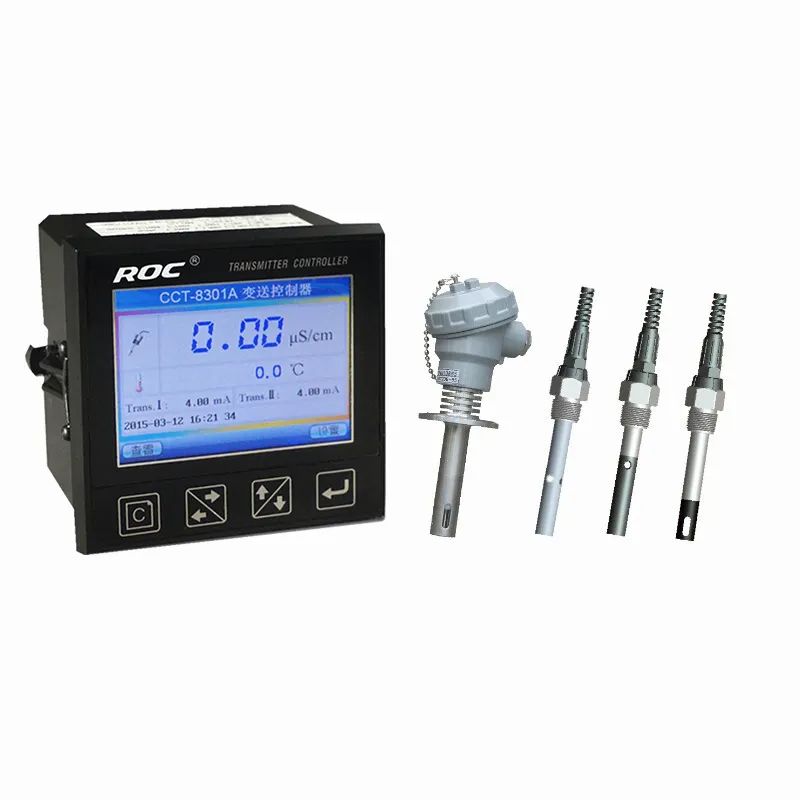
There are several methods for measuring turbidity, with the most common being nephelometry and turbidimetry. Nephelometry measures the amount of light scattered by suspended particles in the water, while turbidimetry measures the amount of light absorbed by the particles. Both methods provide a quantitative measurement of turbidity, usually expressed in nephelometric turbidity units (NTU) or formazin nephelometric units (FNU).
It is important to note that turbidity is not a direct measure of specific pollutants or contaminants in water. Instead, it serves as an indicator of the overall quality and clarity of the water. High turbidity levels can signal the presence of sediment, nutrients, bacteria, and other substances that can degrade water quality. By monitoring turbidity levels regularly, water quality managers can track changes in water clarity over time and take appropriate actions to protect and preserve aquatic ecosystems.
In conclusion, turbidity is a critical parameter to measure in water quality monitoring and environmental management. It provides valuable information about the presence of suspended particles in water, which can impact the health of aquatic ecosystems, the effectiveness of water treatment processes, and the aesthetic value of water bodies. By understanding what turbidity measures and how it is measured, we can work towards ensuring clean and clear water for current and future generations.

